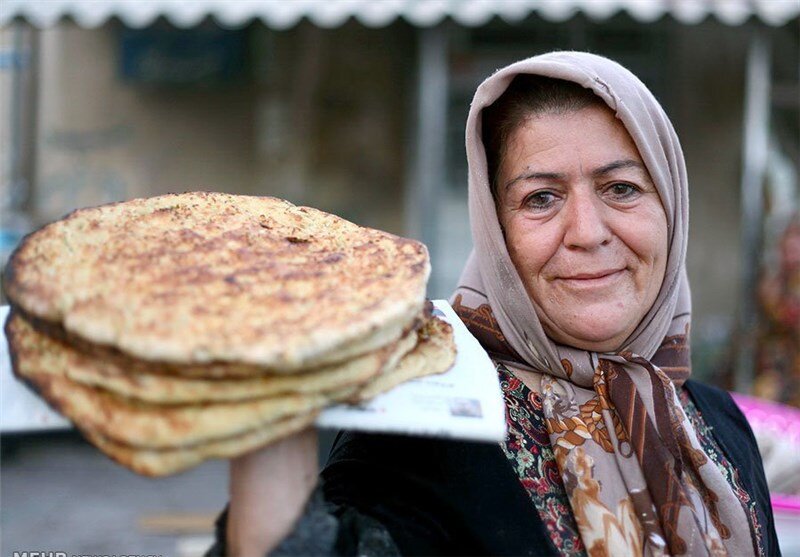Sorkheh to stage bread baking competition

TEHRAN –Sorkheh, an ancient town in central Iran, is preparing to hold a major bread-baking competition in a bid to put the spotlight on know-how passed down from generation to generation.
“Sorkheh is to hold a major baking competition, which will be the first of its kind to be held here,” a local tourism official said on Monday.
“The purpose of this competition is to teach how to cook and promote various types of traditional flatbread,” the official said.
Winners will be honored on January 13, which marks the birth anniversary of Hazrat Fatima and Mother's Day in Iran.
In the olden days, bread has been the staple diet of the folks living in the semi-arid Iranian plateau. Traditional and ethnic Persian bread is famed for its strong flavor, quality, and diversity.
The Persian word for bread is “nan” which you can find in great works by nearly all top Iranian poets and literary men, both modern and classic such as Ferdowsi, Khwaja Abdullah Ansari, Rumi, Saadi, Ebne Yamin, Saib Tabrizi, and Sohrab Sepehri.
Among the Iranian nation, “nan” is recognized as “barakat” meaning God’s blessing. Iranians treat bread with the respect due to its holy place in their ancient culture.
Iranian flatbread is produced by cooking fermented dough, basically made from wheat flour, yeast, and water. Several additives may be added to the wheat flour-yeast-water dough to increase the shelf life of bread and improve its sweetness, quality, or even nutritional value.
The most commonly used additives are vegetables (such as potato, onion, and spinach), fruits and nuts (such as raisins, walnuts, and peanuts), seeds (such as poppy, cumin, and sesame), salt, sugars, lipids, milk, egg, spices, and food starches.
In addition to countless kinds of flatbread that are baked throughout the country, numerous types of bread are produced by ethnic groups. Sangak, Barbari, Taftoon, and Lavash are the most popular kinds of bread, which are prepared in different compositions, shapes, sizes, textures, colors, and flavors.
AFM
Leave a Comment